Art
This week in Art we concluded our study into the artist Keith Haring.

Art
This week in Art we concluded our study into the artist Keith Haring.
This week in Art we concluded our study into the artist Keith Haring by looking at his sculptures. Near the end of his short life Haring brought a number of his famous figures into the third dimension.
These pieces would usually be in bright primary and secondary colours, and often the figures would be entangled to show how the community needed to work together. After his first major sculpture exhibition, which took place in a park, Haring noticed that kids were playing on his sculptures.
He acknowledged that “painted, the sculptures look like bright toys that should be played with,” so he had the edges rounded, so nobody hurt themselves. Now, more than ever before, his sculptural work became a perfect extension of his illustrations. The smooth, bold lines on the edges of the steel seem like they jumped right off one of his canvases.
Haring loved his sculptures because they gave so much more to the people who saw them. If a drawing could change the world, a sculpture could turn the world on its head.
The students had a go at making their own sculptures, either as a papier mache or as colourful paper sculpture, with wonderful results.
Amelia G 5M


Leo T 4F
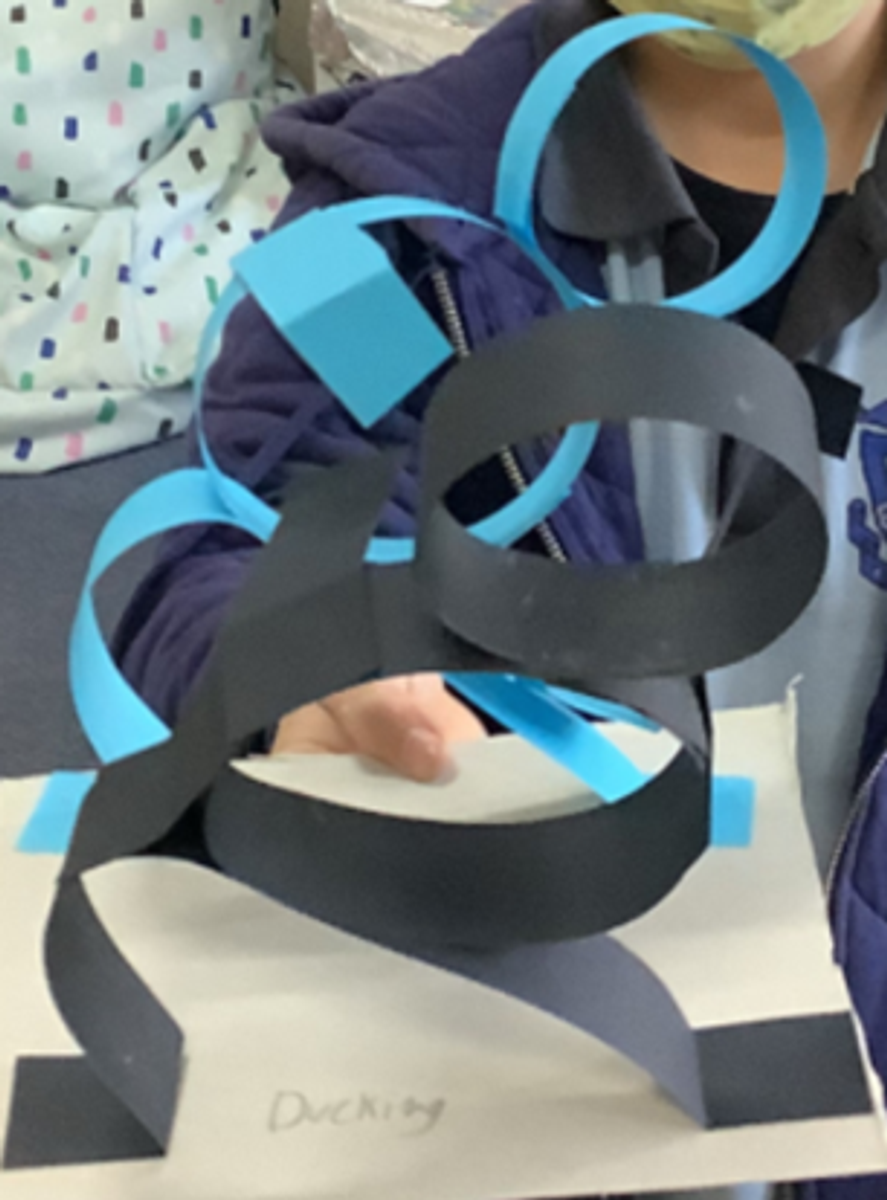

Lola P 5T


May K 5R


Mitsuki B 3KC
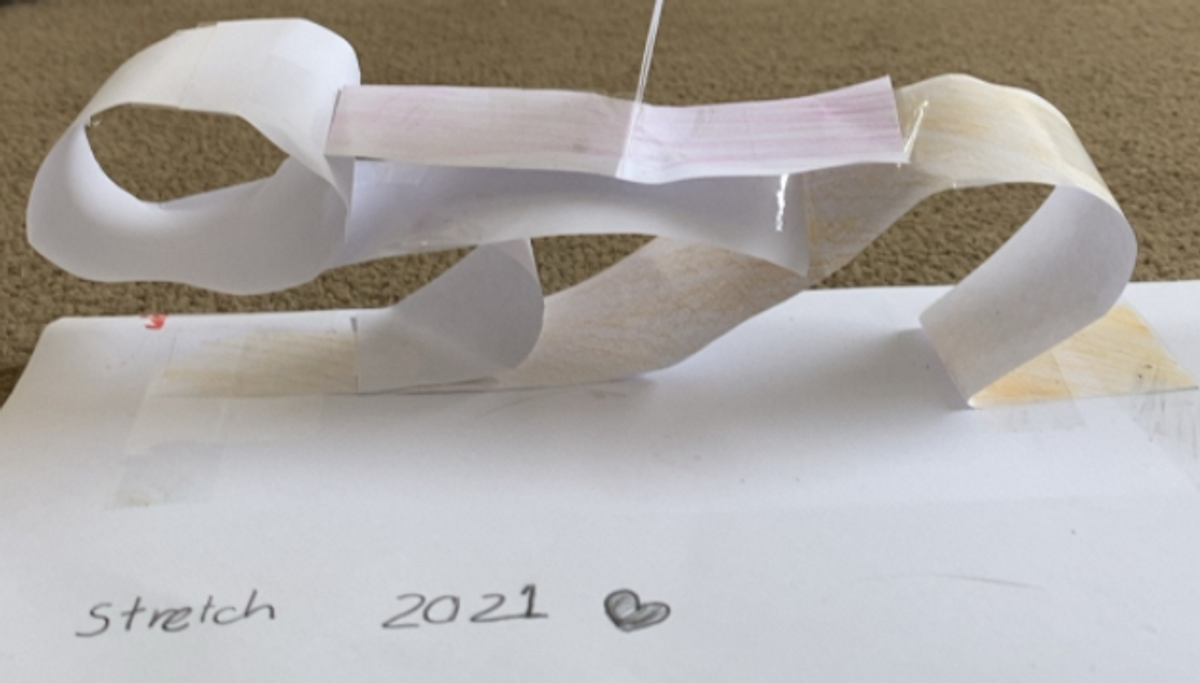

Nina M 4F
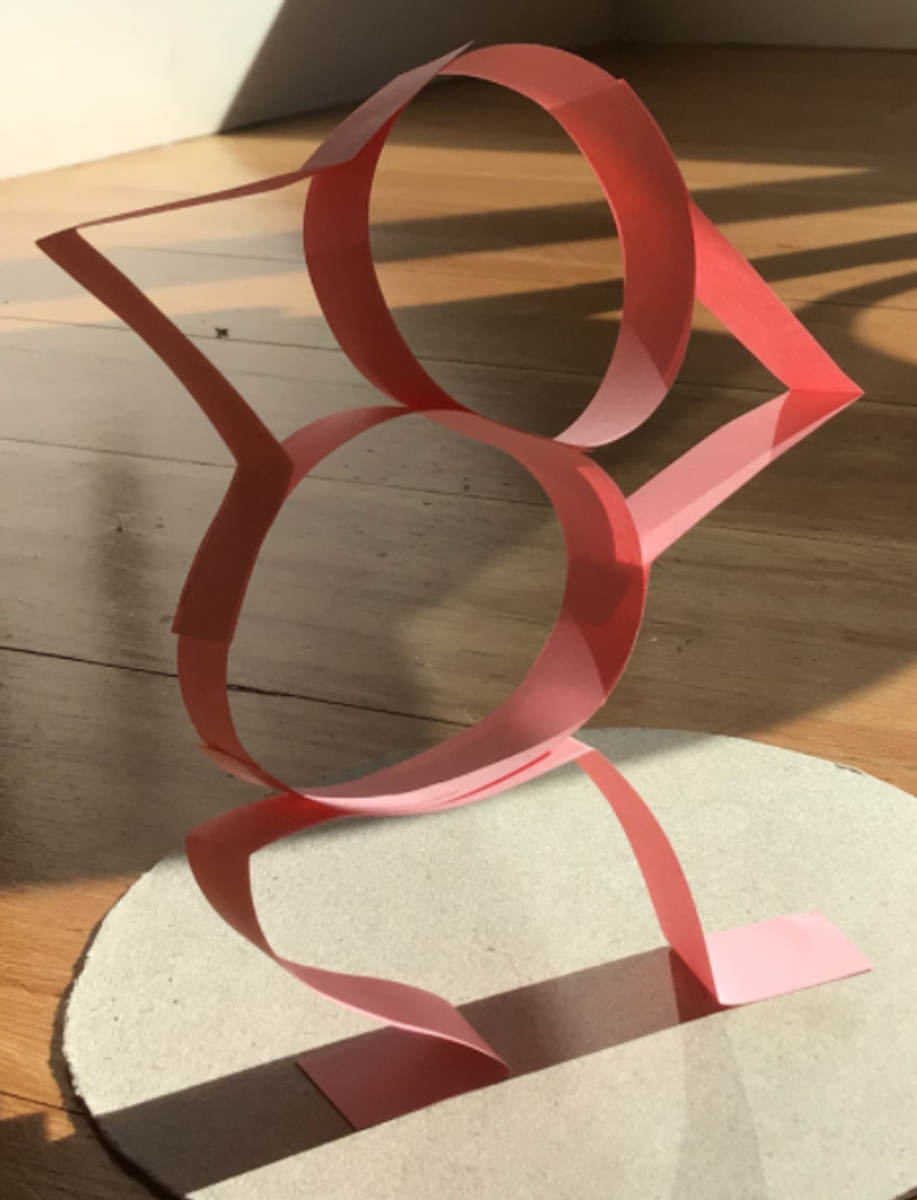

Sebastian H3KC
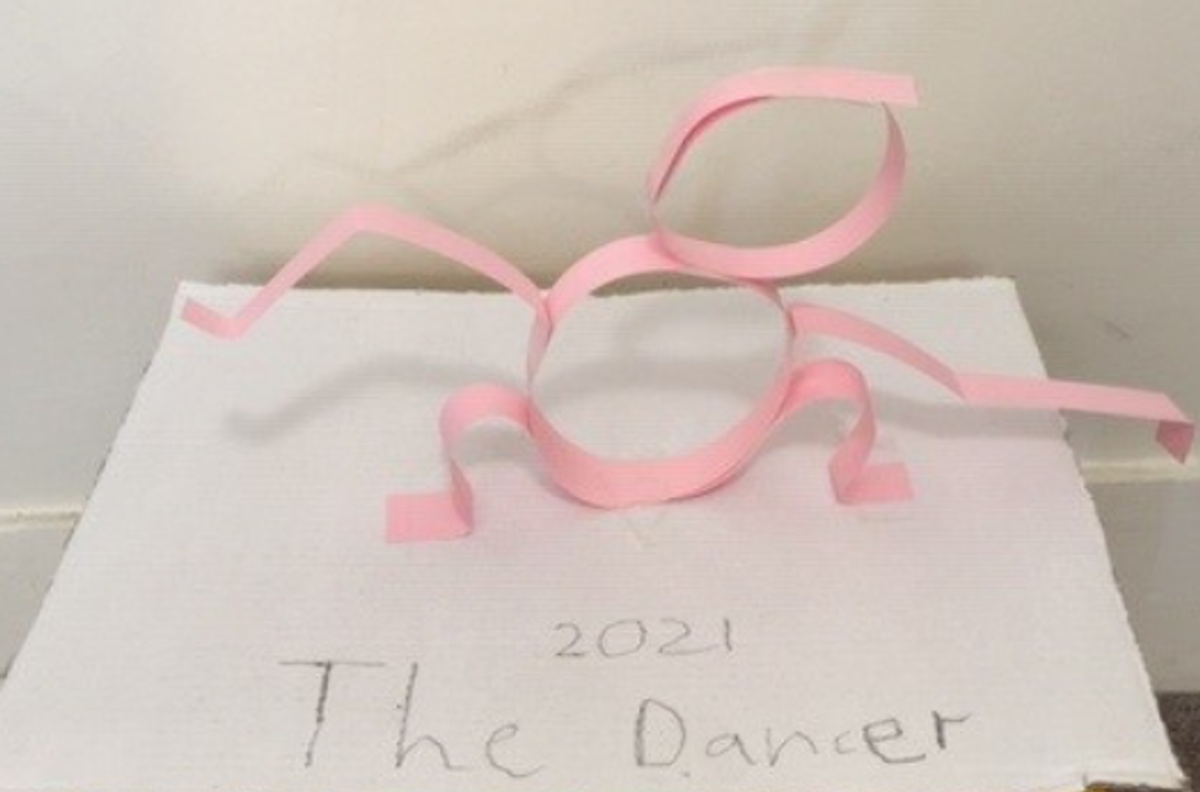

Thomas B 4K


Wilson K 6H
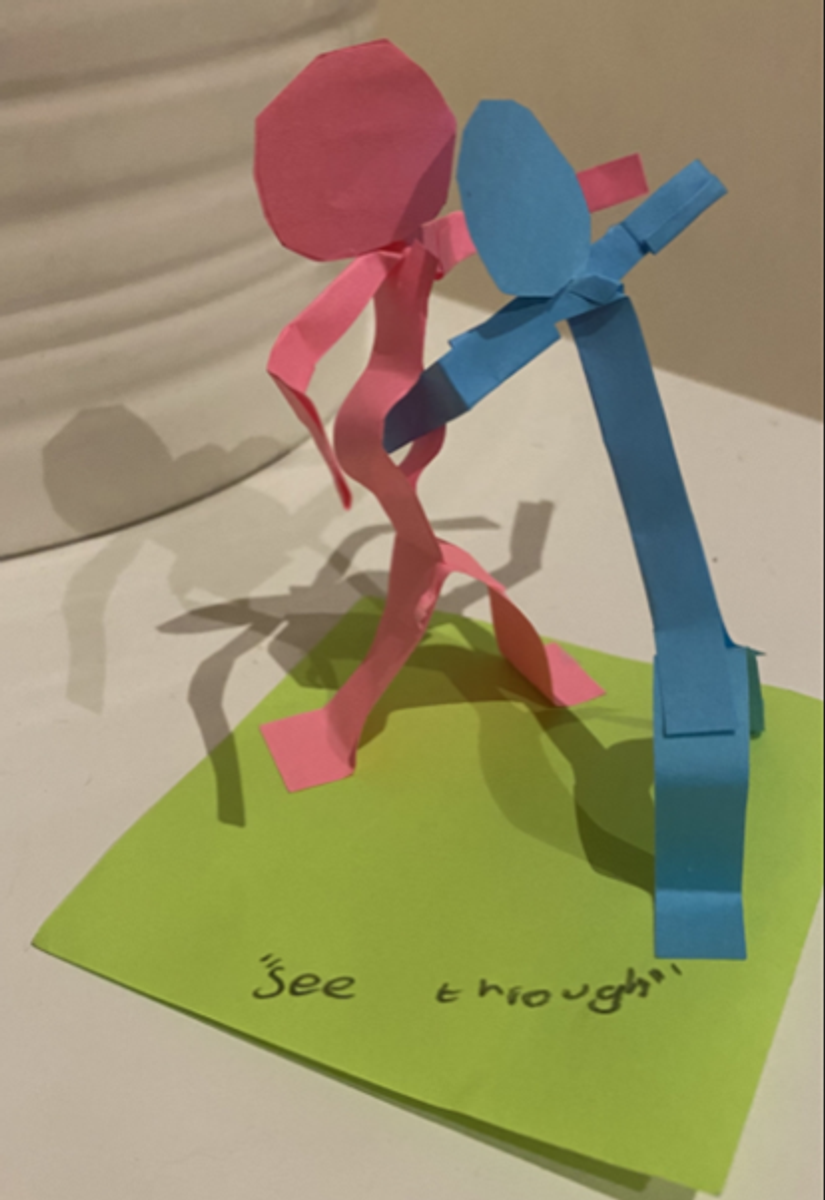

Thanks,
Ms Rodriguez